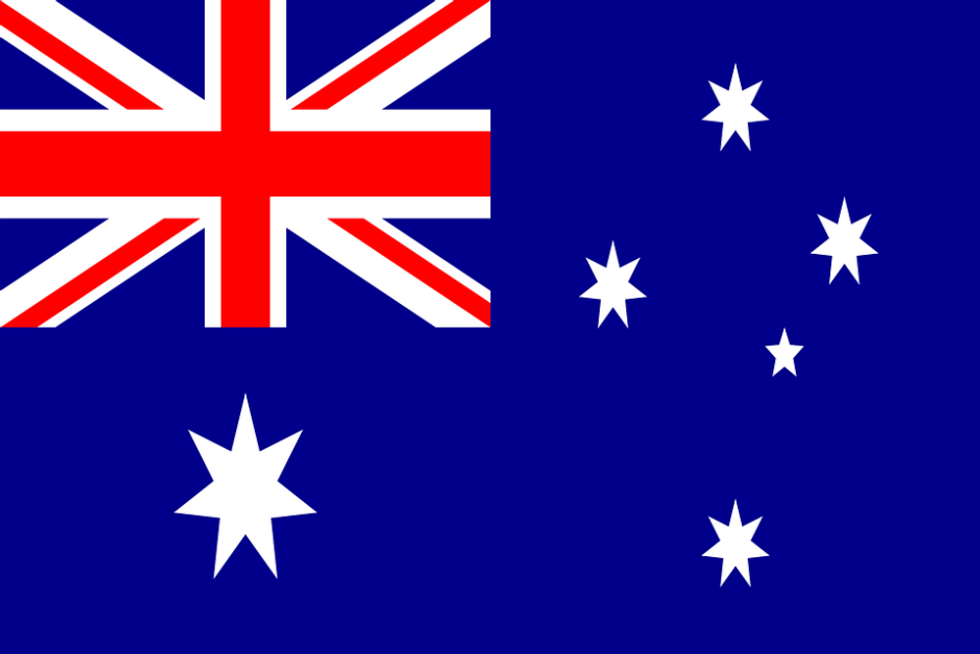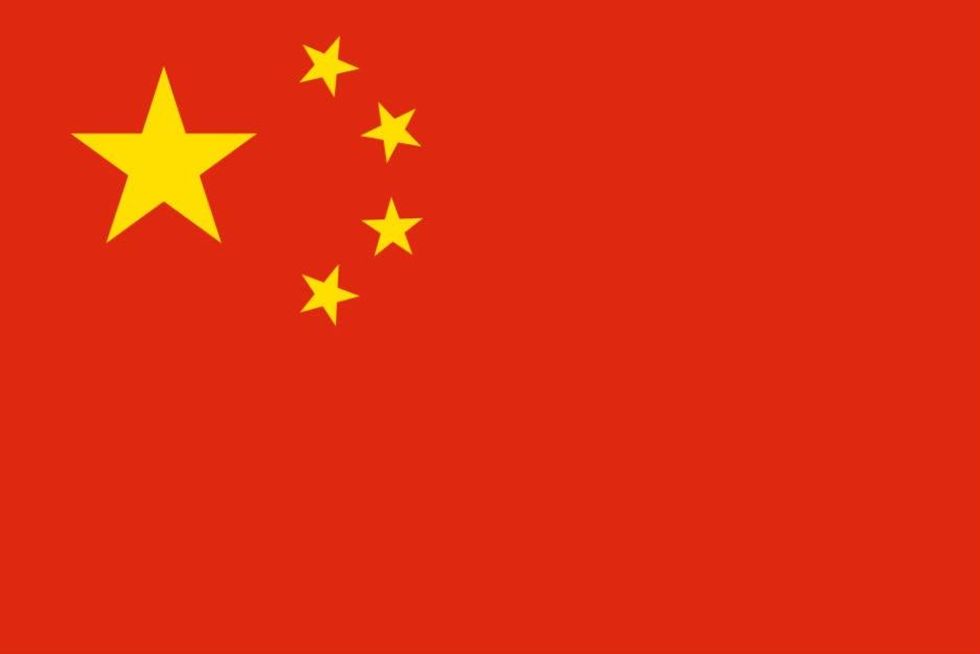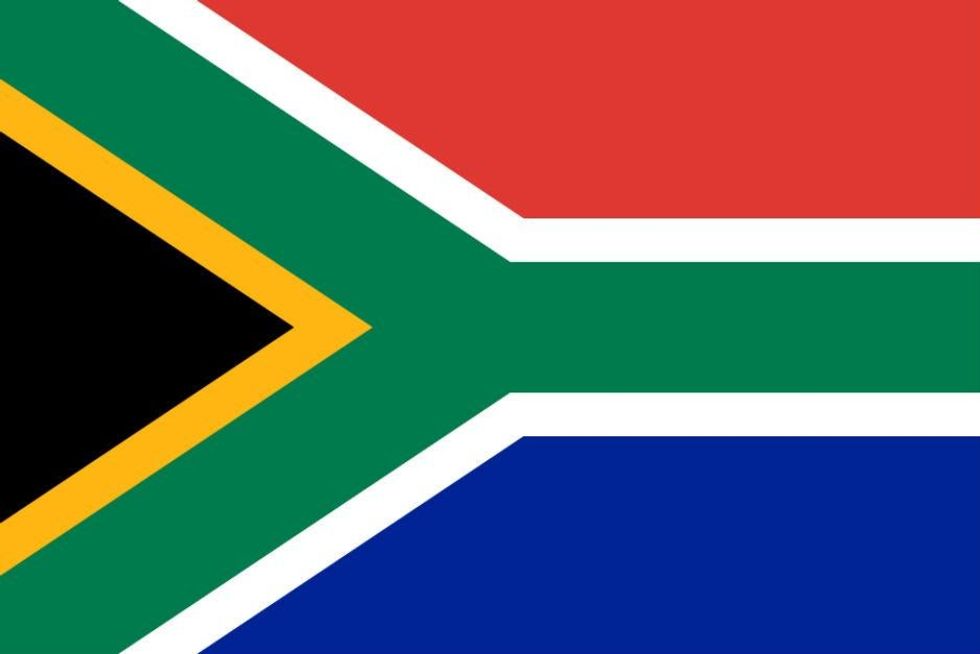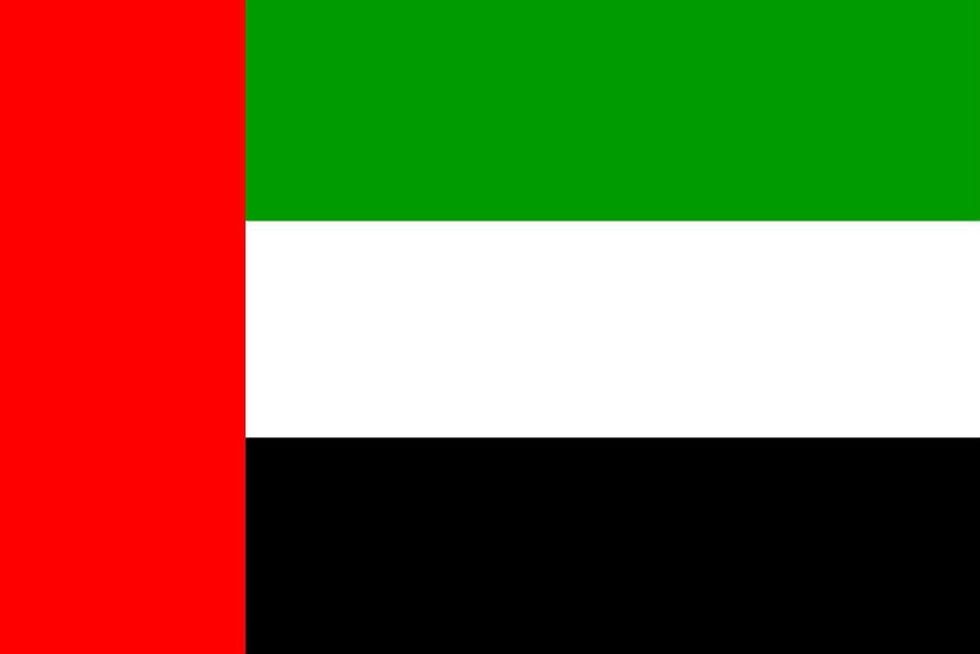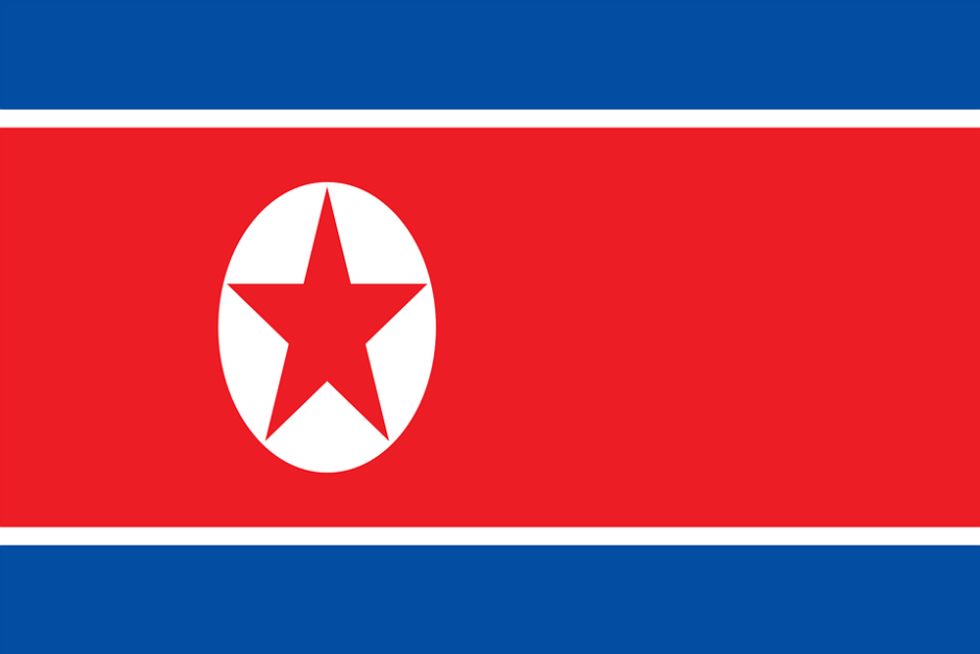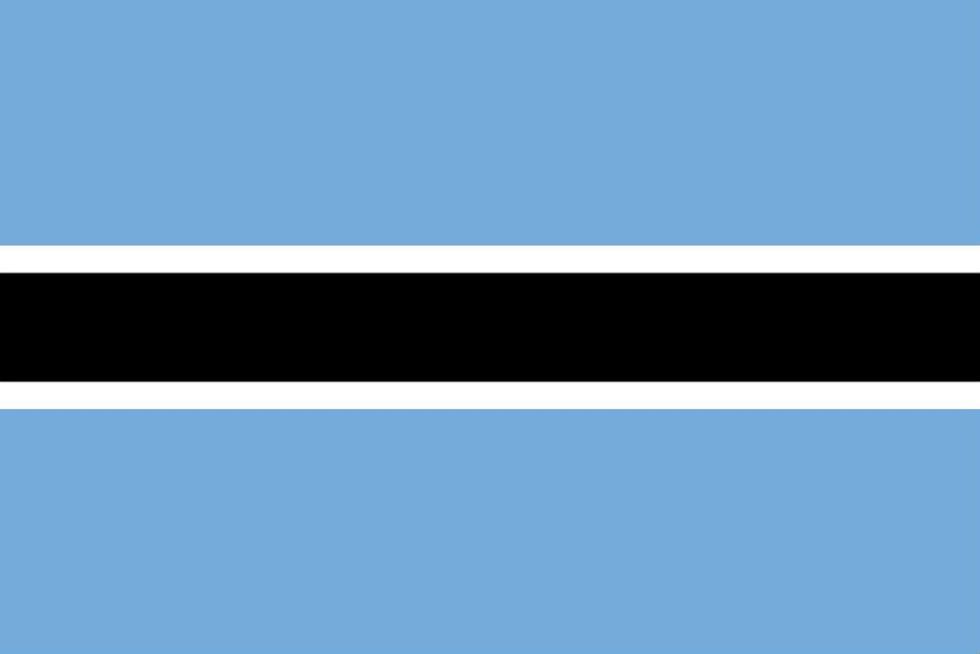News
Lamees Altalebi
Jun 19, 2016
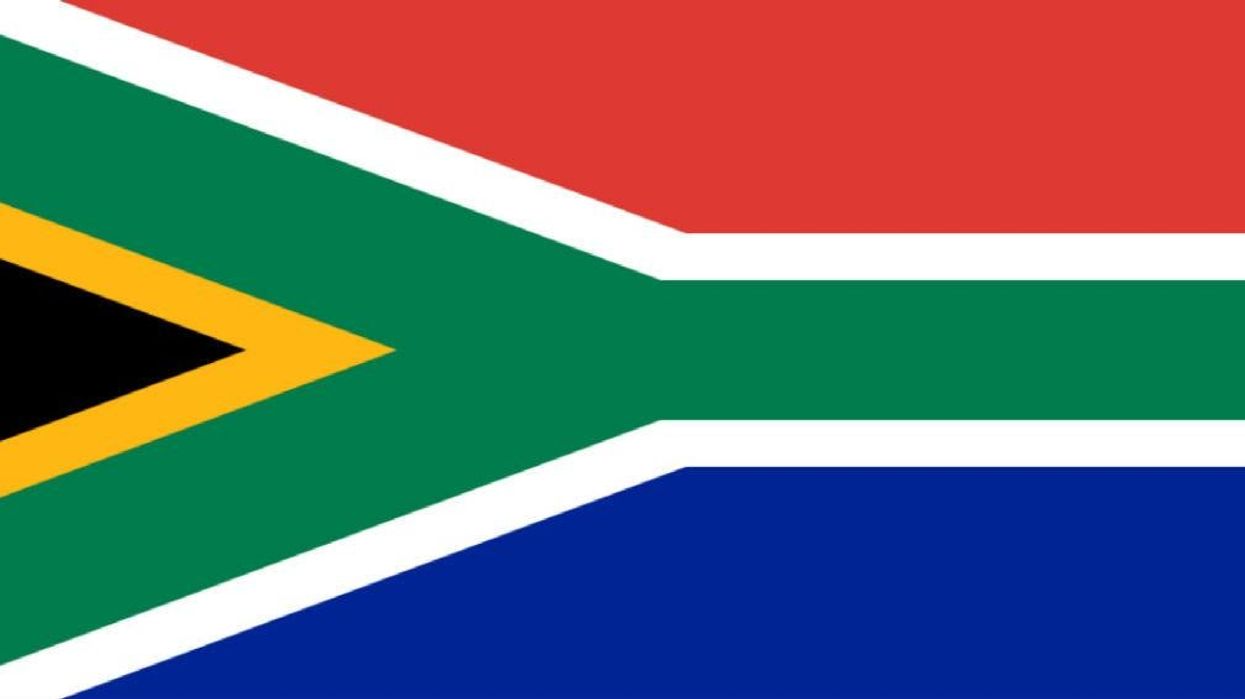
Meaning in flags is something you're unlikely have thought too much about before, unless you're a vexillologist, a massive patriot or, um, Sheldon Cooper from The Big Bang Theory.
But many think there are hidden meanings behind international flags.
Ralph Kelly, the president of non-profit Flags Australia, told news.com.au that “the reality is, meaning (in flags) actually isn’t actually hidden at all” - if you know what you're looking for.
Here is the significance of symbols and colours of some countries’ flags that you might not have known about, and some others you did:
1. United Kingdom
The Union Flag, also known as the Union Jack, has a blue field but is also a combination of three different national flags: St. George’s cross of England, St. Andrew’s cross of Scotland, and St. Patrick’s cross of Ireland.
2. Australia
When Australia’s flag was created in 1901, the Union Jack was added to show that the country was part of the British Empire, says Kelly. A blue background is a common theme in flags of colonial nations. The seven-pointed stars are supposed to represent Australia’s six states. Below the Union Jack is a white Commonwealth star.
3. China
The red in China’s flag represents the communist revolution. As for the gold stars, the big one represents the system of communism while the four smaller ones represent the different social classes.
4. South Africa
Following the achievement of democracy in 1994, a decision was made to create a new flag which represents the country’s diversity and unity.
The South African flag has half of the Union Jack (colours red and blue) as well as the colours of the African National Congress (yellow, green and black).
Kelly says of the South African flag: “This hidden meaning is here because the emphasis on unity, but really the significance of this flag is in its diversity (of its people).”
5.United Arab Emirates (UAE)
The UAE flag was first created in 1971. According to Gulf News, the colour white represents peace and honesty, black stands for the defeat of enemies, red for courage and bravery, and green represents hope and optimism.
6.Brazil
The 27 stars on the Brazilian flag are supposed to represent the states of the country and are arranged in the same pattern as the night sky. The colour green symbolises forests and the yellow diamond-shape pattern represents Brazil’s gold wealth.
7.India
The Indian flag’s colours represent India’s religious diversity. Orange connotes courage and is seen important for Hindus and Buddhists. The white represents purity and green symbolises faith and fertility. The navy circle in the centre is the Ashoka Chakra, or Wheel of Law.
8.Lebanon
This Middle Eastern country’s flag features two red strips on the top and bottom which symbolise the blood that was shed in fighting for liberation. White represents peace and mountain snow and the green cedar tree - the national symbol - denotes immortality.
9.North Korea
The colour red and star in the North Korean flag stands for communism. The flag also has white stripes representing purity and blue strip is a symbol of peace.
10.Botswana
This flag has a black centre, two strips of white and light blue bands on the top and bottom. The colours black and white connotes harmony as well as corresponding to the national coat of arms. As for the colour blue, it represents the country’s dependence on water, according to the Botswana Embassy.
More: A fiendishly difficult flags of the world quiz - how many can you get right?
Top 100
The Conversation (0)

